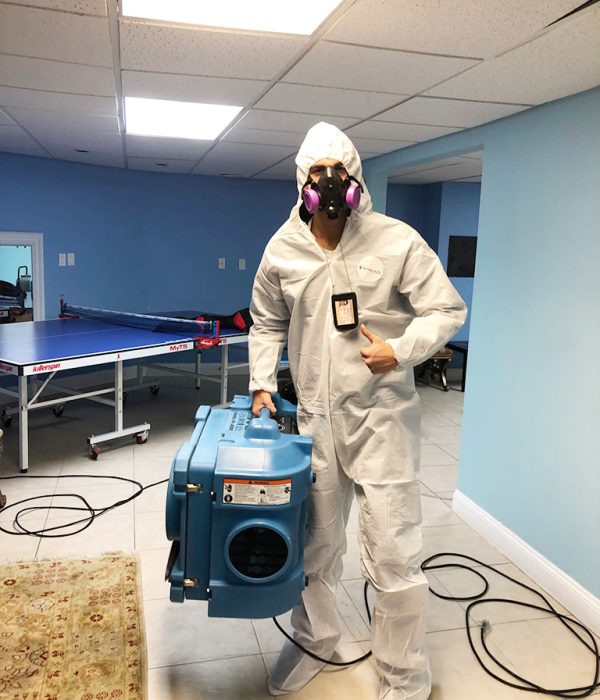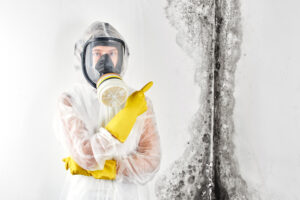Understanding the Dangers of Mold in Your Home
Mold is a common household problem that can have serious consequences for both your health and your home. Mold thrives in damp, humid environments and can grow on a variety of surfaces, including walls, ceilings, floors, and even furniture. When left unchecked, mold can cause extensive damage to the structural integrity of your home, leading to costly repairs.
Exposure to mold can also have significant health implications. Mold spores can be easily inhaled, triggering a range of respiratory issues, such as asthma, allergies, and respiratory infections. In some cases, exposure to certain types of mold can even lead to more severe health problems, including neurological disorders and immune system dysfunction. It’s crucial for homeowners to take mold seriously and address any potential issues promptly.
Recognizing the dangers of mold is the first step in protecting your home and your family. By understanding the signs of mold growth and taking proactive measures to prevent and address it, you can maintain a healthy, safe living environment. In the following sections, we’ll dive deeper into the specific signs of mold, the health risks associated with exposure, and the steps you can take to detect and eliminate mold in your home.
Common Signs of Mold Growth
One of the most obvious signs of mold growth is a musty odor. If you notice a persistent, earthy or damp smell in your home, it could be an indication of mold lurking somewhere. Mold can also be visually identified, often appearing as discolored patches on walls, ceilings, or other surfaces. These patches may be green, black, white, or even pink in color, and can range in size from small spots to large, spreading colonies.
Another common sign of mold is the presence of water stains or moisture damage. Mold thrives in damp environments, so any areas in your home that have experienced water leaks, flooding, or high humidity levels are at risk of mold growth. Look for water stains on walls, ceilings, or floors, as well as condensation buildup on windows or other surfaces.
In addition to visual and olfactory cues, mold growth can also manifest in the form of health symptoms. If you or your family members are experiencing persistent respiratory issues, such as coughing, sneezing, or difficulty breathing, it could be an indication of mold exposure. Other potential symptoms include headaches, fatigue, and skin irritation. If you notice any of these health issues and suspect mold may be the culprit, it’s important to take action to identify and address the problem as soon as possible.
Health Risks Associated with Mold Exposure
Mold exposure can have a significant impact on your health, and the severity of the effects can vary depending on the type of mold, the level of exposure, and the individual’s susceptibility. Some of the most common health risks associated with mold exposure include:
Respiratory Issues: Mold spores can be easily inhaled, leading to a range of respiratory problems, such as asthma, bronchitis, and pneumonia. Exposure can also exacerbate existing respiratory conditions, making it more difficult to breathe and increasing the risk of infection.
Allergic Reactions: Many people are allergic to mold, and exposure can trigger a range of allergic symptoms, including sneezing, coughing, runny nose, and watery eyes. In some cases, mold exposure can also lead to more severe allergic reactions, such as hives or anaphylaxis.
Neurological Symptoms: Certain types of mold, such as Stachybotrys chartarum (also known as “black mold”), have been linked to neurological issues, including memory loss, cognitive impairment, and even neurological disorders like multiple sclerosis.
Immune System Dysfunction: Exposure to mold can weaken the immune system, making individuals more susceptible to infections and other health problems. This is particularly concerning for individuals with compromised immune systems, such as the elderly, young children, or those with underlying medical conditions.
It’s important to note that the health effects of mold exposure can vary widely from person to person, and some individuals may be more sensitive to mold than others. If you suspect that you or your family members are experiencing health issues due to mold exposure, it’s crucial to address the problem promptly and seek medical attention if necessary.
DIY Mold Detection Methods
If you suspect that mold may be present in your home, there are several DIY methods you can use to detect and identify the problem. One of the most straightforward approaches is a visual inspection. Carefully examine your home, focusing on areas that are prone to moisture buildup, such as bathrooms, basements, and attics. Look for discolored patches, musty odors, and any signs of water damage or condensation.
Another DIY mold detection method is the use of a moisture meter. These handheld devices can measure the moisture content of various surfaces in your home, which can help you identify areas that are at risk of mold growth. By regularly monitoring the moisture levels in your home, you can quickly detect any changes and take action before mold has a chance to take hold.
If you’re unsure about the type of mold present in your home, you can also consider collecting a sample for laboratory analysis. This involves using a sterile swab or tape to collect a small sample of the mold, which can then be sent to a certified laboratory for identification. While this method can be more expensive than other DIY approaches, it can provide valuable information about the specific type of mold and help you determine the appropriate course of action for remediation.
It’s important to note that while DIY mold detection methods can be a useful starting point, they may not always provide a comprehensive assessment of the mold problem. In some cases, it may be necessary to hire a professional mold inspector to conduct a thorough evaluation of your home and provide recommendations for remediation.
Professional Mold Inspection and Testing
If you’ve tried DIY mold detection methods and still have concerns about the presence of mold in your home, it’s a good idea to consider hiring a professional mold inspector. These experts have the knowledge, equipment, and experience to conduct a comprehensive assessment of your property and identify any potential mold issues.
During a professional mold inspection, the inspector will typically begin with a visual assessment of your home, looking for signs of mold growth, water damage, and other environmental factors that may contribute to mold proliferation. They may also use specialized equipment, such as moisture meters and borescopes, to detect hidden mold growth in areas that are not easily accessible.
In addition to a visual inspection, a professional mold inspector may also collect air or surface samples for laboratory analysis. This process involves using specialized equipment to collect samples of the air or surfaces in your home, which are then sent to a certified laboratory for identification and quantification of the mold species present. This information can be crucial in determining the appropriate remediation strategy and ensuring that the problem is addressed effectively.
Once the mold inspection and testing is complete, the professional will provide you with a detailed report outlining their findings, including the location and extent of any mold growth, the types of mold present, and the potential health risks associated with the exposure. They will also provide recommendations for remediation, including the necessary steps to safely and effectively remove the mold and prevent future growth.
While hiring a professional mold inspector may come with a higher price tag than DIY methods, the investment can be well worth it in the long run. By ensuring that the mold problem is accurately identified and properly addressed, you can protect the health and safety of your family and prevent further damage to your home.
Preventing Mold Growth in Your Home
The best way to deal with mold is to prevent it from growing in the first place. By taking proactive measures to maintain a healthy, dry environment in your home, you can significantly reduce the risk of mold growth and the associated health and property risks.
One of the most important steps in mold prevention is controlling moisture levels. Mold thrives in damp, humid environments, so it’s essential to address any sources of water intrusion or high humidity in your home. This may involve fixing leaks, improving ventilation, and using dehumidifiers to keep indoor humidity levels within the recommended range (typically between 30-50%).
Regular cleaning and maintenance can also play a crucial role in mold prevention. Routinely clean and disinfect surfaces in your home, paying special attention to areas that are prone to moisture buildup, such as bathrooms, kitchens, and basements. Additionally, be sure to properly dry any water-damaged areas or materials, and consider replacing porous materials, such as drywall or insulation, if they have been exposed to prolonged moisture.
Another effective mold prevention strategy is to improve indoor air quality. Proper ventilation and air filtration can help to remove mold spores and other airborne contaminants, reducing the risk of mold growth and exposure. Consider installing high-efficiency particulate air (HEPA) filters in your HVAC system, and ensure that your home has adequate ventilation, particularly in areas with high moisture levels.
By implementing these proactive measures, you can significantly reduce the risk of mold growth in your home and maintain a healthy, safe living environment for you and your family. Remember, prevention is always better than remediation, so be vigilant in monitoring your home for potential mold issues and address them promptly.
Removing Mold Safely and Effectively
If you have discovered mold in your home, it’s essential to take immediate action to remove it safely and effectively. Attempting to remove mold on your own can be risky, as it can lead to the further spread of mold spores and potentially expose you and your family to harmful toxins. In many cases, it’s best to hire a professional mold remediation service to handle the removal process.
Professional mold remediation companies have the necessary expertise, equipment, and personal protective gear to safely and thoroughly remove mold from your home. They will typically begin by containing the affected area, using negative air pressure systems and physical barriers to prevent the spread of mold spores throughout your home. They may also use specialized cleaning solutions and techniques to effectively remove mold from surfaces and materials.
Once the mold has been removed, the remediation team will work to address the underlying causes of the mold growth, such as moisture issues or water damage. This may involve repairing leaks, improving ventilation, or replacing water-damaged materials. By addressing the root cause of the problem, they can help to prevent future mold growth and ensure that your home remains a healthy, safe environment.
It’s important to note that the cost of professional mold remediation can vary depending on the extent of the problem and the size of the affected area. However, the investment is often worth it to ensure that the mold is removed safely and effectively, and to protect the health and well-being of your family. Additionally, many homeowner’s insurance policies may cover the cost of mold remediation, so be sure to check with your provider to see if you’re eligible for coverage.
Hiring Professional Mold Remediation Services
When it comes to addressing a mold problem in your home, hiring a professional mold remediation service is often the best course of action. These experts have the knowledge, equipment, and experience to safely and effectively remove mold, while also addressing the underlying causes to prevent future growth.
When selecting a mold remediation company, it’s important to do your research and choose a reputable, experienced provider. Look for companies that are licensed, insured, and certified by recognized industry organizations, such as the Institute of Inspection, Cleaning and Restoration Certification (IICRC) or the American Indoor Air Quality Council (AmIAQC).
During the hiring process, be sure to ask the mold remediation company about their specific approach to the problem. They should be able to provide you with a detailed plan for the removal process, including the steps they will take to contain the affected area, clean and disinfect surfaces, and address any underlying moisture issues. Additionally, they should be transparent about the estimated cost of the project and any potential timeline for completion.
It’s also a good idea to ask the mold remediation company about their safety protocols and the personal protective equipment (PPE) they will use during the removal process. Proper safety measures are crucial to prevent the further spread of mold spores and to protect the health and well-being of both the remediation team and your family.
By hiring a professional mold remediation service, you can rest assured that the problem will be addressed effectively and safely, allowing you to reclaim a healthy, mold-free living environment for your family. Remember, the investment in professional services may be higher than DIY methods, but the long-term benefits to your home and your health are well worth it.
Conclusion: Maintaining a Mold-Free Home
Mold is a serious problem that can have significant consequences for both the health of your family and the structural integrity of your home. By understanding the signs and symptoms of mold growth, the health risks associated with exposure, and the various methods for detection and removal, you can take proactive steps to maintain a mold-free living environment.
Whether you choose to use DIY mold detection methods or hire a professional mold inspector, the key is to address any potential issues promptly and effectively. By implementing strategies for mold prevention, such as controlling moisture levels and improving indoor air quality, you can significantly reduce the risk of mold growth and protect your home and your family.
If you do discover mold in your home, it’s essential to remove it safely and effectively, either through DIY methods or by hiring a professional mold remediation service. Remember, attempting to remove mold on your own can be risky, so it’s often best to leave it to the experts who have the necessary equipment, expertise, and safety protocols to get the job done right.
By following the comprehensive guidance outlined in this guide, you can take control of mold in your home and enjoy a healthier, safer living environment for years to come. Remember, maintaining a mold-free home is an ongoing process, so stay vigilant, address any issues promptly, and never hesitate to seek professional assistance when needed. Here’s to a mold-free future for you and your family!



